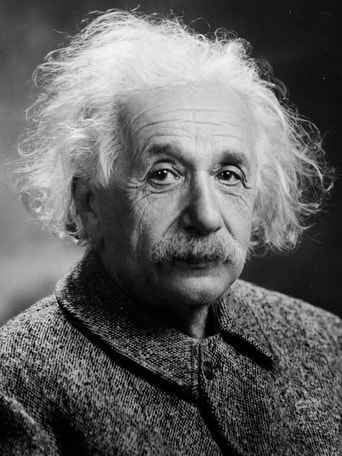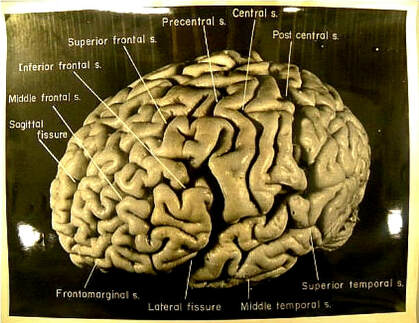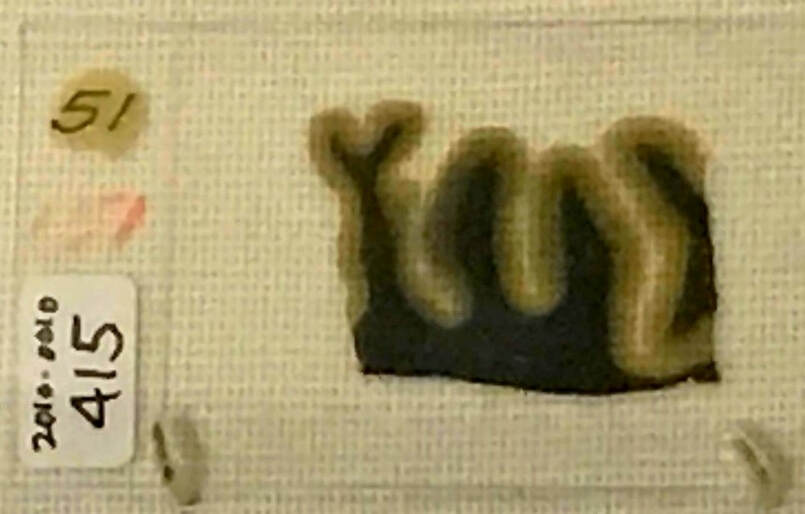 Albert Einstein Albert Einstein Albert Einstein was one of the towering figures of the twentieth century. Images of his face surrounded by a fluffy mat of white hair have become synonymous with genius in both popular and scientific cultural circles. Einstein’s contributions in many areas of physics range from the explanation of the photoelectric effect, the equivalence of energy and mass as defined in his famous E = MC2 equation, his reinterpretation of Newtonian mechanics (special theory of relativity), and his description of gravity as a property of space and time (general theory of relativity), to his work towards elucidating the nature of light, the existence of the atom, and the establishment of quantum mechanics. He predicted the existence of Bose-Einstein condensates, gravitational lensing, and gravitational waves, all of which have been confirmed. Einstein’s ideas resulted in practical applications in areas such as nuclear power, space travel, fiber optics, GPS, and computers, but his thinking has also influenced disciplines as varied as philosophy, art, and literature. It is not an overstatement to assert that this individual changed the world. As we stand in awe admiring Einstein’s accomplishments, we wonder where all that came from. Ideas, inspiration, and creativity are attributes that we associate with one organ in the body: the brain. Therefore, if Einstein was able to think all of these things up, but most other human beings are incapable of such feats, it follows that there must be something special about Einstein’s brain: something that differentiates it from the brain of common individuals, something that makes him vastly smarter. The reasoning then goes: if we find that something, that difference between Einstein’s brain and the brain of common folk, we will have found the nature of genius, the seat of intelligence.  Einstein's Brain Einstein's Brain Einstein may have been curious about the above line of reasoning, but there is one thing we know for certain: he was aware of his fame, and he did not want to be idolized after his death. He left instructions that his body be cremated and his ashes scattered. However, when Einstein died in 1955, the temptation was too much for the Princeton Hospital pathologist that performed the autopsy; Thomas Harvey. Going against the wishes of Einstein’s family, Harvey removed Einstein’s brain. When the family found out, there was some acrimony, but Harvey managed to obtain permission from Einstein’s oldest son to keep the brain as long as it was used for scientific studies. When the hospital administrator found out what he did, Harvey was fired. He went on to practice medicine but eventually was not able to renew his medical license. His marriage ended in divorce, and he ended up working on the assembly line of a plastics factory to pay his bills. Harvey took pictures and measurements of Einstein’s brain, and he had parts of the brain sectioned into many pieces that were treated with dyes and sealed in slides. Over the span of decades, he tried to get scientists interested in looking at the brain, but found few takers. He sent slides to several eminent scientists, but they found nothing out of the ordinary. Eventually, a few scientists became interested enough to perform detailed studies of the morphology of the brain using the slides and photos of the intact brain that Harvey had taken, and some differences were found when comparing Einstein’s brain to those of regular people. However, whether these differences are related to Einstein’s intellectual prowess, or whether they are part of normal brain to brain variation that can be encountered among individuals, is still an open question. There is the possibility that genius is not correlated with an obvious gross morphological characteristic of brains, but rather to the more subtle ways in which its billions of neurons are interconnected. There is also the possibility that genius resides in the temporal and spatial pattern in which the neurons interact with each other. If this is the case, it is likely that nothing can be learned about genius from fixed dead brains, as only detailed imaging of living brains will reveal their secrets. Today, the physiological roots of intelligence and genius remain as elusive as ever. And perhaps that is a good thing. Since human beings began to study the brain, we have woven fanciful explanations as to the nature of intelligence. First brain size was the metric that was thought to be related to intelligence. Thus, when evidence was produced that some races had different brain sizes than others, this became the linchpin of ideas regarding the superiority and inferiority of these races. When the idea that brain size among normal human beings was correlated to intelligence fell into disrepute, we developed the idea that we could test for intelligence and reduce it to a number. Then soon enough evidence was generated that some races, or social classes, or groups of people, did better on intelligence tests than others, again leading to notions of superiority and inferiority. The eugenics movement arose in the early twentieth century advocating the betterment of the intellectual level of society. In the United States, terms like “feeble-minded” and “moron” were developed to denote people who scored poorly on intelligence tests. The eugenics craze in the United States led to restrictions on immigration and forced sterilizations of tens of thousands of people, which invariably affected to a greater extent those who were poor, uneducated, and from minority groups. All these terrible ideas are discredited nowadays, at least academically, but watered down versions of these ideas still linger among the general public and some scholars. Asking questions about what made Einstein extremely intelligent are legitimate. But my fear is that if we do discover some characteristic in the brain responsible for genius, let’s call it “X”, we will again travel down this well-worn step by step path: 1) “X” made Einstein a genius. 2) Therefore, the more of “X” you have, the more intelligent you are. 3) We can classify otherwise normal individuals into whether they are more or less intelligent based of the amount of “X” they have. 4) Groups of people displaying lower levels of “X” are dumber. 5) Groups of people displaying lower levels of “X” are inferior. 6) Allowing these groups of people with less “X” to breed or to come to our country will compromise our society. 7) We must do something about it. A while ago I did something that Einstein would have disapproved of. I went to the National Museum of Health and Medicine in Silver Spring, Maryland. As part of what they call “Brain Awareness Week” they had an exhibition on Einstein’s Brain. The museum has a set of slides made from Einstein’s brain that Harvey’s estate donated after Harvey died, and some of them were on exhibit. So I took a picture (see below). This section of Einstein’s brain was stained for myelin, the protein that ensheaths the axons of neurons. The black area is the fiber tracks (the white matter in the brain), and the brown area is where the neuronal cell bodies reside (grey matter). There is (or was) something in sections like these that made possible the thinking of ideas that no one had ever thought before, revolutionizing our view of reality, and changing our world forever. What is or was that something? And if we ever discover it, what will we do with that knowledge? The photograph of Albert Einstein by Orren Jack Turner obtained from the Library of Congress is in the public domain. The image of Einstein’s brain was cropped and modified from the article: Falk, Dean, Frederick E. Lepore, and Adrianne Noe. "The cerebral cortex of Albert Einstein: a description and preliminary analysis of unpublished photographs." Brain 136.4 (2012): 1304-1327, and is used here under a NonCommercial 3.0 Unported (CC BY-NC 3.0) license. The image of the section of Einstein’s brain is by the author and can only be used with permission.
2 Comments
Erik Maronde
6/6/2020 03:17:47 pm
It is quite clear today that the Anatomie of human brains is quite different between individuals. There are people with no gyri or sulci and at least one of them has an extremely high educational level (and an IQ above 160). There are people lacking one hemisphere and having an average or higher IQ and high skills. So, as said in this nice text, the structure of a brain is probably not holding the secret of genius.
Reply
Rolando Garcia
6/20/2020 02:32:09 pm
I would agree that the overall gross structure of the brain is not related to genius, rather it may be the way the neurons are connected with each other or the way they fire upon each other in time and space. This still remains a mystery. Thanks for your comment Erik!
Reply
Your comment will be posted after it is approved.
Leave a Reply. |
Details
Categories
All
Archives
June 2024
|

 RSS Feed
RSS Feed